Home>Gardening & Outdoor>Landscaping Ideas>When Does Dew Form On Grass
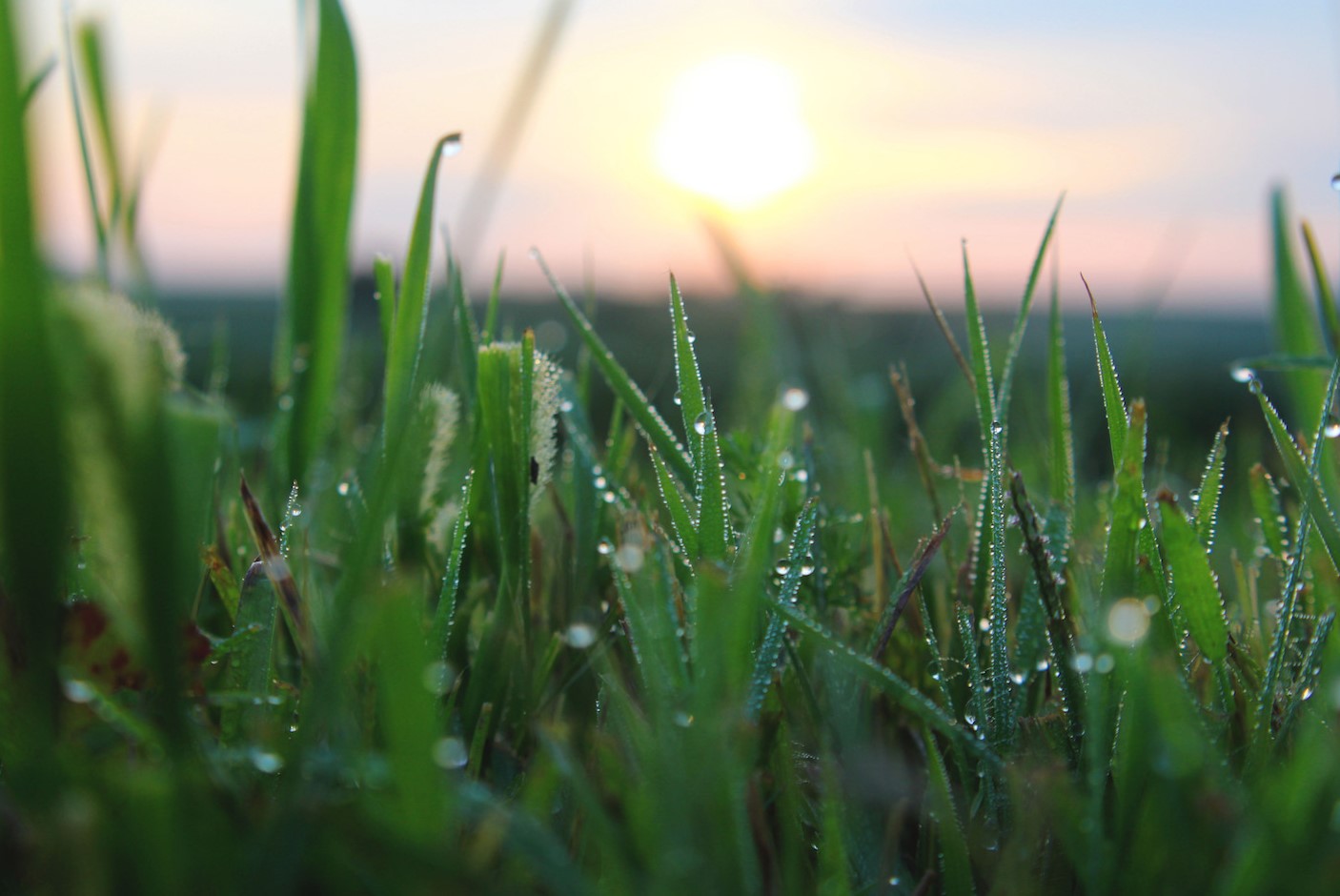

Landscaping Ideas
When Does Dew Form On Grass
Modified: March 25, 2024
Learn about the best landscaping ideas for promoting dew formation on grass. Enhance your lawn's beauty with these effective tips and techniques.
(Many of the links in this article redirect to a specific reviewed product. Your purchase of these products through affiliate links helps to generate commission for Storables.com, at no extra cost. Learn more)
Introduction
Welcome to the enchanting world of dew-kissed mornings and the ethereal beauty they bestow upon the landscape. Dew, a natural phenomenon that graces the earth with its presence, holds a captivating allure that has inspired poets, artists, and nature enthusiasts for centuries. In this article, we will delve into the captivating realm of dew formation, exploring its intricacies and the factors that contribute to its mesmerizing presence on grass and foliage.
From the glistening tendrils of moisture adorning blades of grass to the subtle transformation of the natural world at dawn, dew embodies a sense of tranquility and renewal that captivates the senses. Understanding the process of dew formation not only unveils the wondrous mechanisms at play in nature but also enhances our appreciation for the delicate balance that sustains life on our planet.
Join us as we embark on a journey to unravel the mysteries of dew, gaining insight into the conditions that give rise to this breathtaking spectacle and the time of day when it graces the landscape with its presence. Let’s immerse ourselves in the captivating world of dew and discover the magic that unfolds when the earth is adorned with nature’s glistening jewels.
Key Takeaways:
- Dew forms on grass and foliage in the early morning when the air cools, reaching its dew point, and moisture condenses, creating glistening water droplets.
- Factors like temperature, humidity, and surface characteristics contribute to dew formation, creating a captivating spectacle in the tranquil moments before dawn.
Read more: How Does Dew Form On Grass
What is Dew?
Dew is a natural occurrence that manifests as small water droplets forming on surfaces such as grass, leaves, and other objects exposed to the open air. This enchanting phenomenon occurs when moisture in the air condenses onto cooler surfaces, creating delicate beads of water that glisten in the early morning light. The formation of dew is a result of the intricate interplay between temperature, humidity, and the cooling of surfaces, culminating in the mesmerizing display of moisture that graces the natural world.
As the night progresses and temperatures drop, the ground and vegetation cool down, causing the air immediately above them to reach its dew point—the temperature at which the air becomes saturated with moisture. When this occurs, water vapor in the air begins to condense into liquid water droplets, adorning surfaces with the glistening allure of dew. This captivating transformation imbues the landscape with a sense of freshness and vitality, adding a touch of magic to the awakening world.
The presence of dew is not only a visual spectacle but also serves a vital role in sustaining plant life. In many ecosystems, dew provides a supplementary source of moisture, especially in arid regions where rainfall may be scarce. This moisture can be absorbed by plant leaves and roots, contributing to their hydration and overall well-being. Additionally, the presence of dew can create a microclimate around plants, moderating temperature extremes and offering a protective buffer against environmental stress.
Overall, dew represents a harmonious convergence of atmospheric conditions and natural beauty, offering a glimpse into the intricate mechanisms that govern our natural world. Its ephemeral presence serves as a testament to the delicate balance that sustains life on Earth and invites us to marvel at the captivating nuances of the environment that surrounds us.
Factors Contributing to Dew Formation
The formation of dew is influenced by a myriad of factors that converge to create the enchanting spectacle observed in the early hours of the morning. Understanding these contributing elements provides insight into the delicate orchestration of natural processes that give rise to dew formation.
- Temperature Discrepancy: One of the primary factors contributing to dew formation is the temperature differential between the air and the surfaces upon which dew forms. As nighttime descends and surfaces cool, they reach a temperature lower than the surrounding air, causing moisture in the air to condense on these cooler surfaces in the form of dew.
- Relative Humidity: The level of moisture present in the air, known as relative humidity, plays a crucial role in dew formation. When the air reaches its dew point temperature, which is influenced by the relative humidity, condensation occurs, giving rise to the formation of dew on surfaces.
- Clear Skies and Calm Winds: Clear, calm nights are conducive to dew formation as they allow for radiational cooling, wherein the Earth’s surface loses heat through radiation. This cooling process facilitates the lowering of surface temperatures, creating an environment conducive to the condensation of moisture from the air.
- Surface Characteristics: The nature of the surfaces upon which dew forms also influences its manifestation. Surfaces with higher thermal conductivity, such as metal or stone, tend to cool more rapidly, promoting the condensation of moisture. Additionally, the texture and orientation of surfaces can impact the accumulation of dew, with rough, vertical surfaces often exhibiting more pronounced dew formation.
- Vegetation and Land Use: The presence of vegetation can influence dew formation, with grassy areas often exhibiting significant dew accumulation. The structure of vegetation and its ability to trap moisture can contribute to the retention of dew, creating a visually striking display in natural landscapes.
These interconnected factors underscore the intricate dance of temperature, humidity, and environmental conditions that converge to create the mesmerizing phenomenon of dew. By unraveling the interplay of these elements, we gain a deeper appreciation for the delicate balance that governs the natural world and the captivating beauty it bestows upon the landscape.
Dew forms on grass when the temperature drops and the grass cools down, causing the moisture in the air to condense and form droplets on the grass blades. This usually happens in the early morning hours before sunrise.
Time of Day Dew Forms
The formation of dew unfolds as a captivating prelude to the break of dawn, imbuing the early morning hours with a sense of tranquility and natural splendor. The timing of dew formation is intricately linked to the atmospheric conditions and environmental factors that orchestrate this enchanting phenomenon.
Typically, dew begins to form during the late night and early morning hours, reaching its peak around sunrise. As the night progresses and temperatures steadily decline, surfaces such as grass, leaves, and petals cool down, eventually reaching a temperature lower than the surrounding air. This temperature discrepancy sets the stage for the condensation of moisture from the air, giving rise to the delicate beads of water that adorn the landscape with their glistening presence.
The predawn hours, characterized by minimal wind and clear skies, provide an ideal backdrop for the formation of dew. During this time, radiational cooling—whereby the Earth’s surface loses heat through radiation—facilitates the cooling of surfaces, creating the conditions necessary for moisture in the air to condense and form dew.
As the sun ascends on the horizon, its warming rays gradually disperse the dew-laden veil that cloaks the natural world, infusing the landscape with a radiant glow. The transition from night to day marks the ephemeral nature of dew, underscoring its association with the tranquil moments preceding the awakening of the earth.
While the exact timing of dew formation may vary based on geographic location, seasonal changes, and local microclimates, the overarching pattern of dew’s emergence during the early morning hours remains a consistent and enchanting spectacle. This ethereal display serves as a testament to the harmonious interplay of atmospheric conditions and natural beauty, inviting us to embrace the serenity of dawn and the captivating allure of the natural world.
Conclusion
The captivating allure of dew, with its glistening tendrils and ethereal beauty, offers a mesmerizing glimpse into the delicate intricacies of the natural world. As we’ve explored the enchanting phenomenon of dew formation, we’ve gained insight into the factors that orchestrate its emergence and the time of day when it graces the landscape with its presence.
From the interplay of temperature differentials and relative humidity to the serene predawn hours that provide an ideal canvas for its manifestation, the formation of dew embodies a harmonious convergence of atmospheric conditions and natural beauty. Its presence not only bestows a sense of tranquility upon the landscape but also serves a vital role in sustaining plant life, offering a supplementary source of moisture and creating a protective microclimate for vegetation.
As the early morning light unveils the delicate beads of dew that adorn grass, leaves, and petals, we are reminded of the enchanting nuances that unfold in the natural world, inviting us to marvel at the captivating interplay of elements that give rise to this ephemeral spectacle. Dew serves as a testament to the delicate balance that sustains life on Earth, infusing the landscape with a sense of renewal and vitality.
As we embrace the enchanting world of dew, let us cherish the tranquil moments of dawn and the mesmerizing beauty that graces the earth in the form of nature’s glistening jewels. May we continue to seek wonder in the subtle transformations of the natural world, finding inspiration in the captivating allure of dew-kissed mornings and the enchanting harmony that surrounds us.
Frequently Asked Questions about When Does Dew Form On Grass
Was this page helpful?
At Storables.com, we guarantee accurate and reliable information. Our content, validated by Expert Board Contributors, is crafted following stringent Editorial Policies. We're committed to providing you with well-researched, expert-backed insights for all your informational needs.
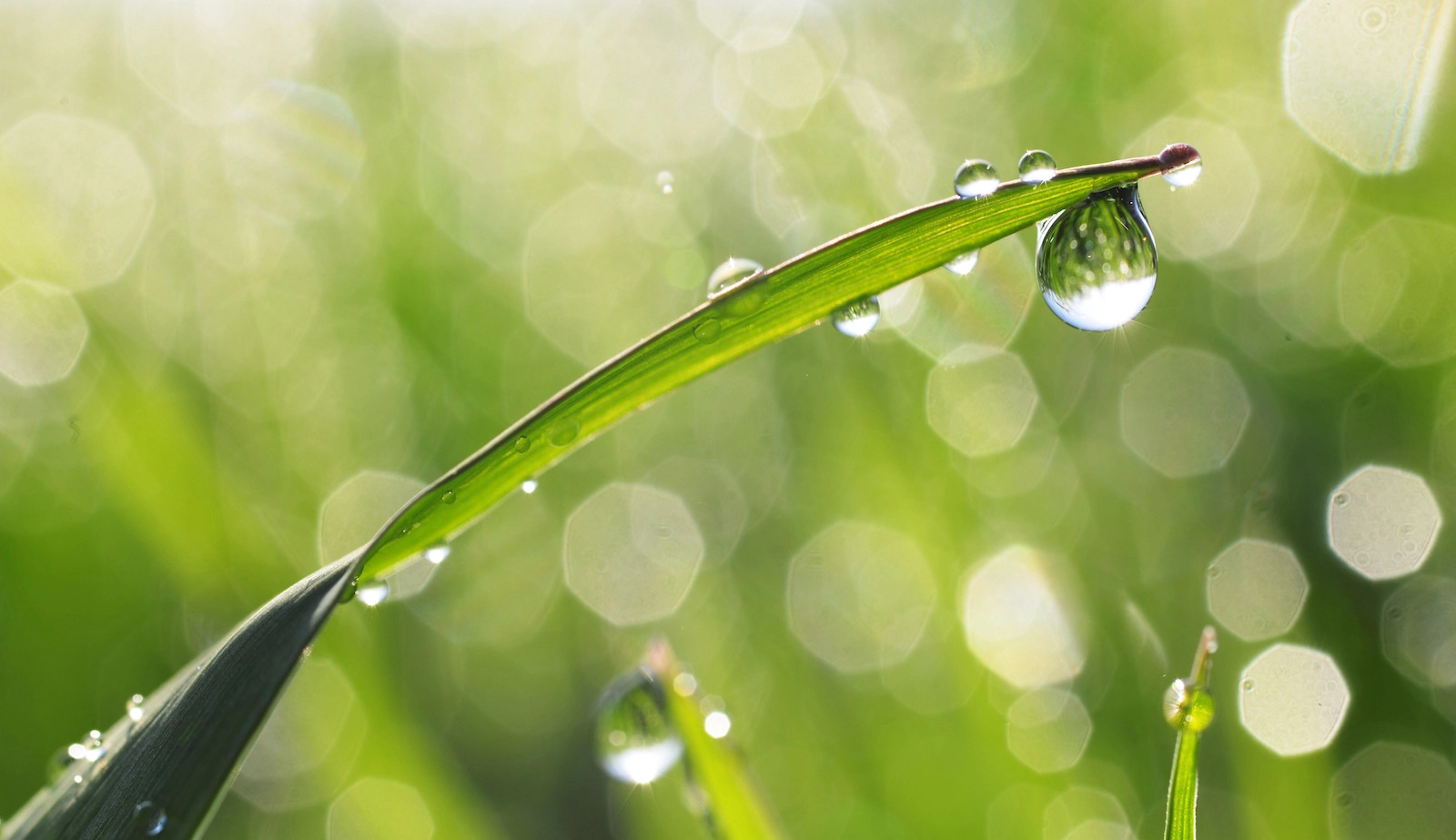
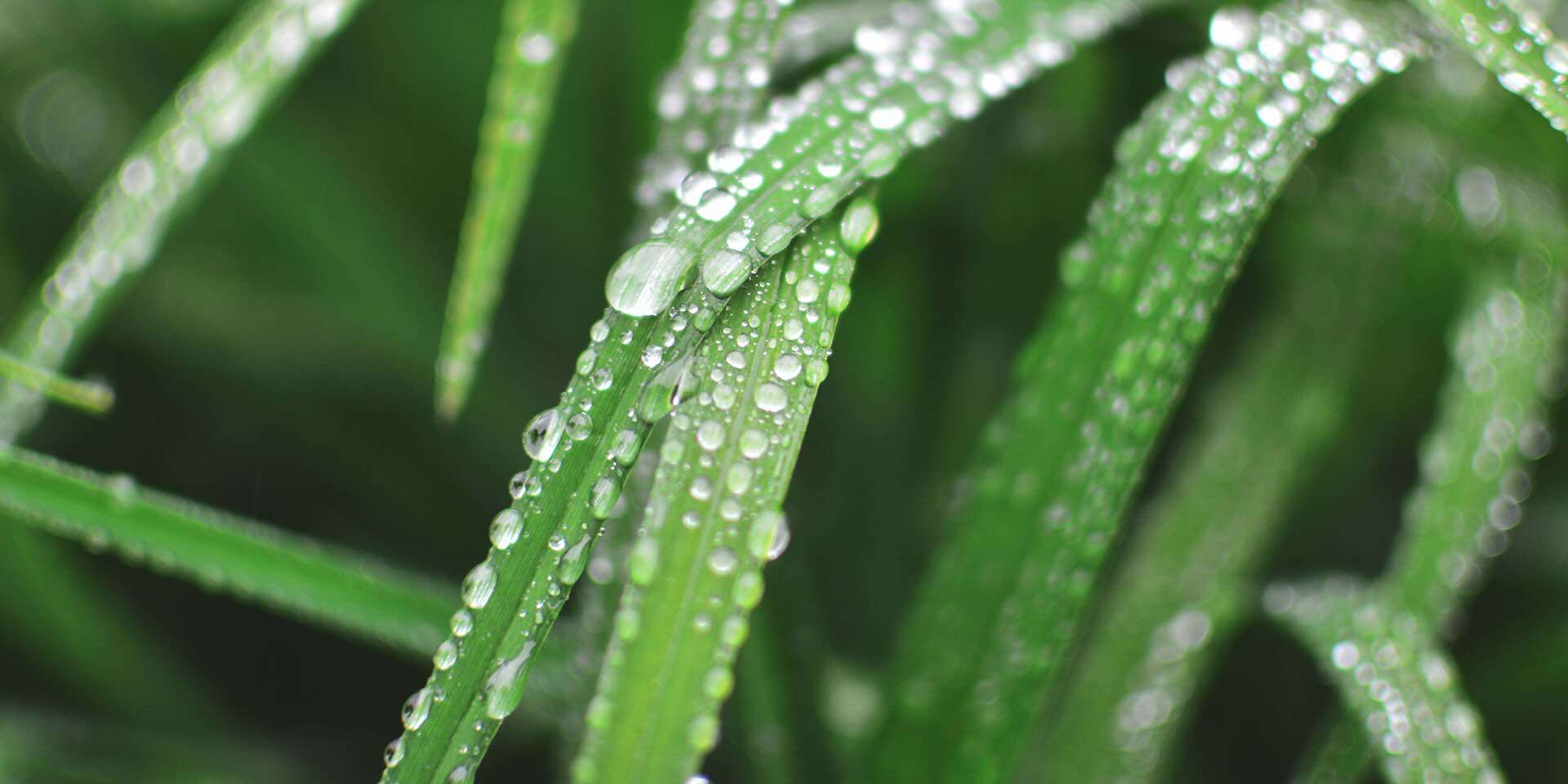
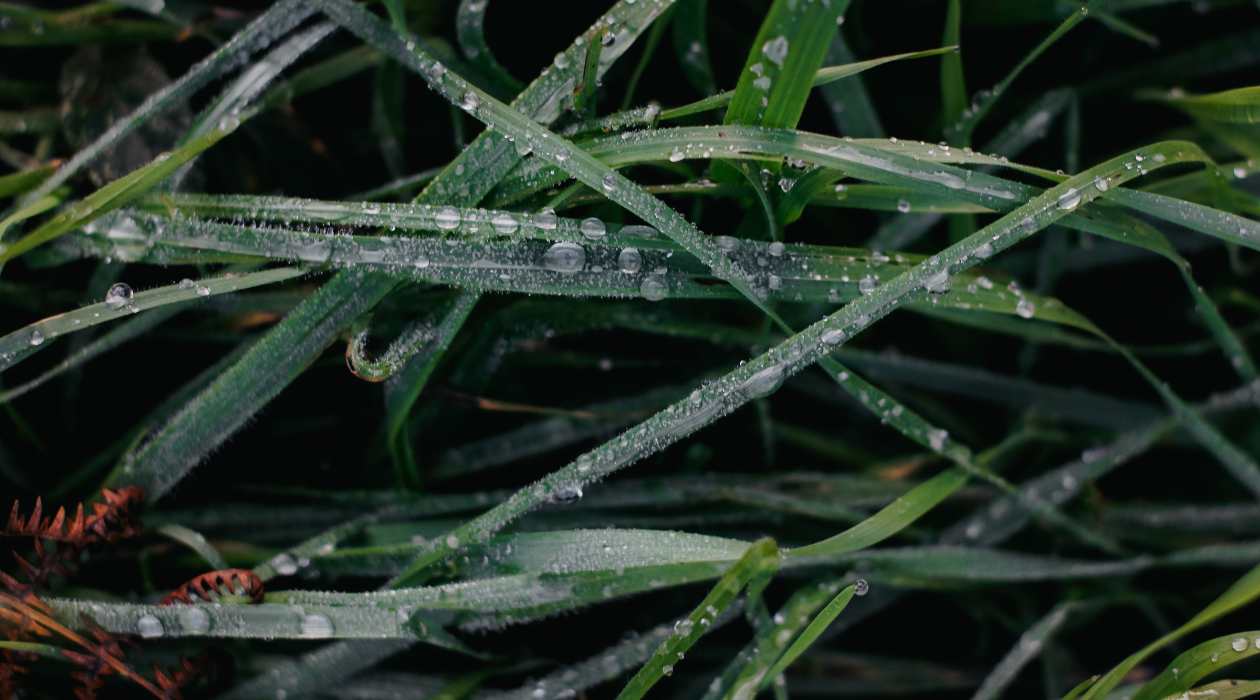


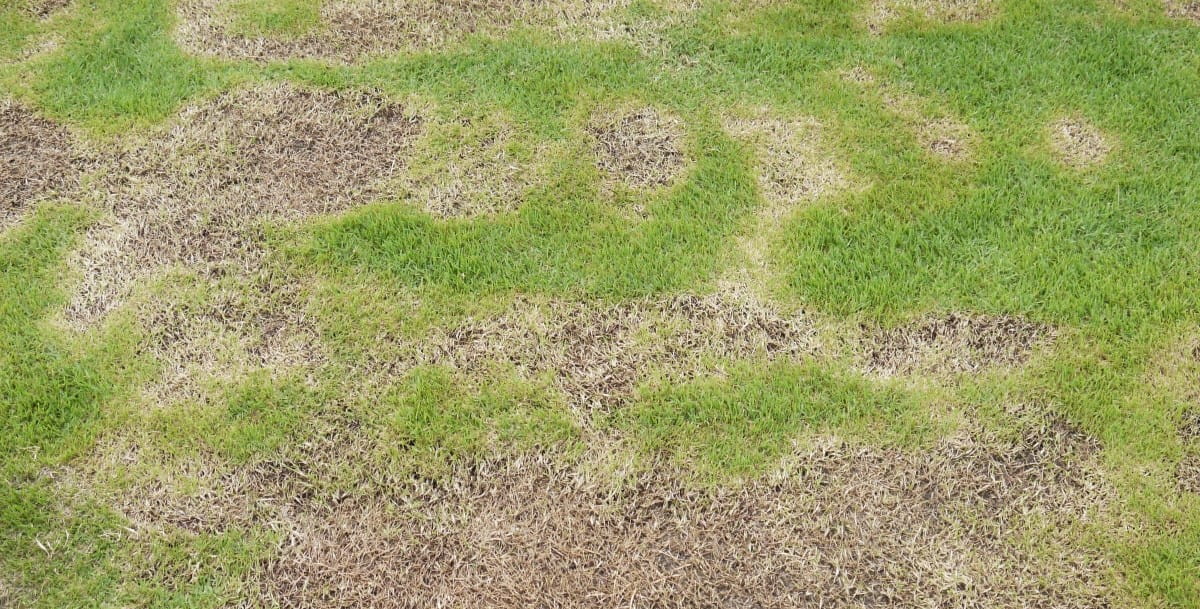
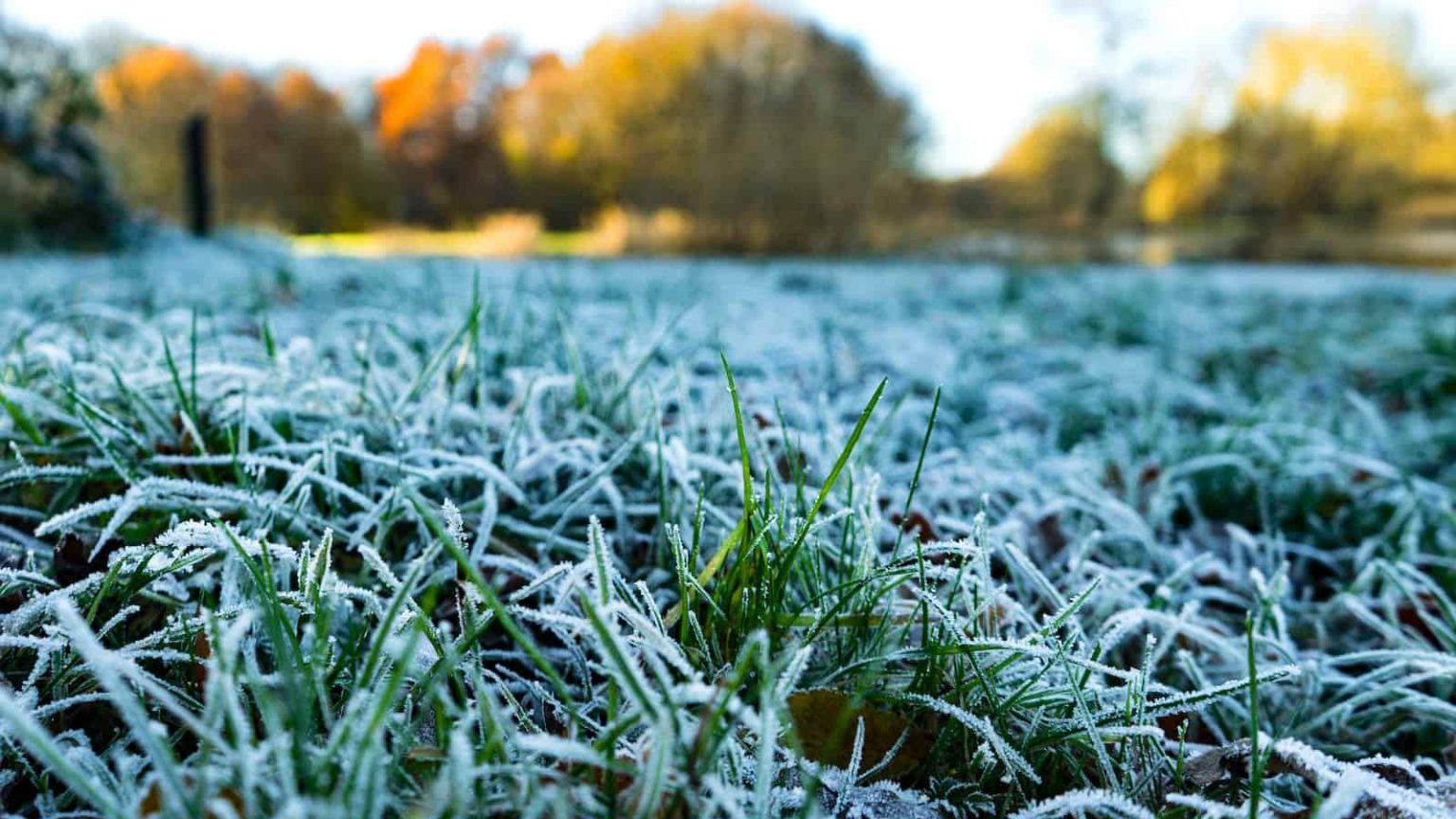
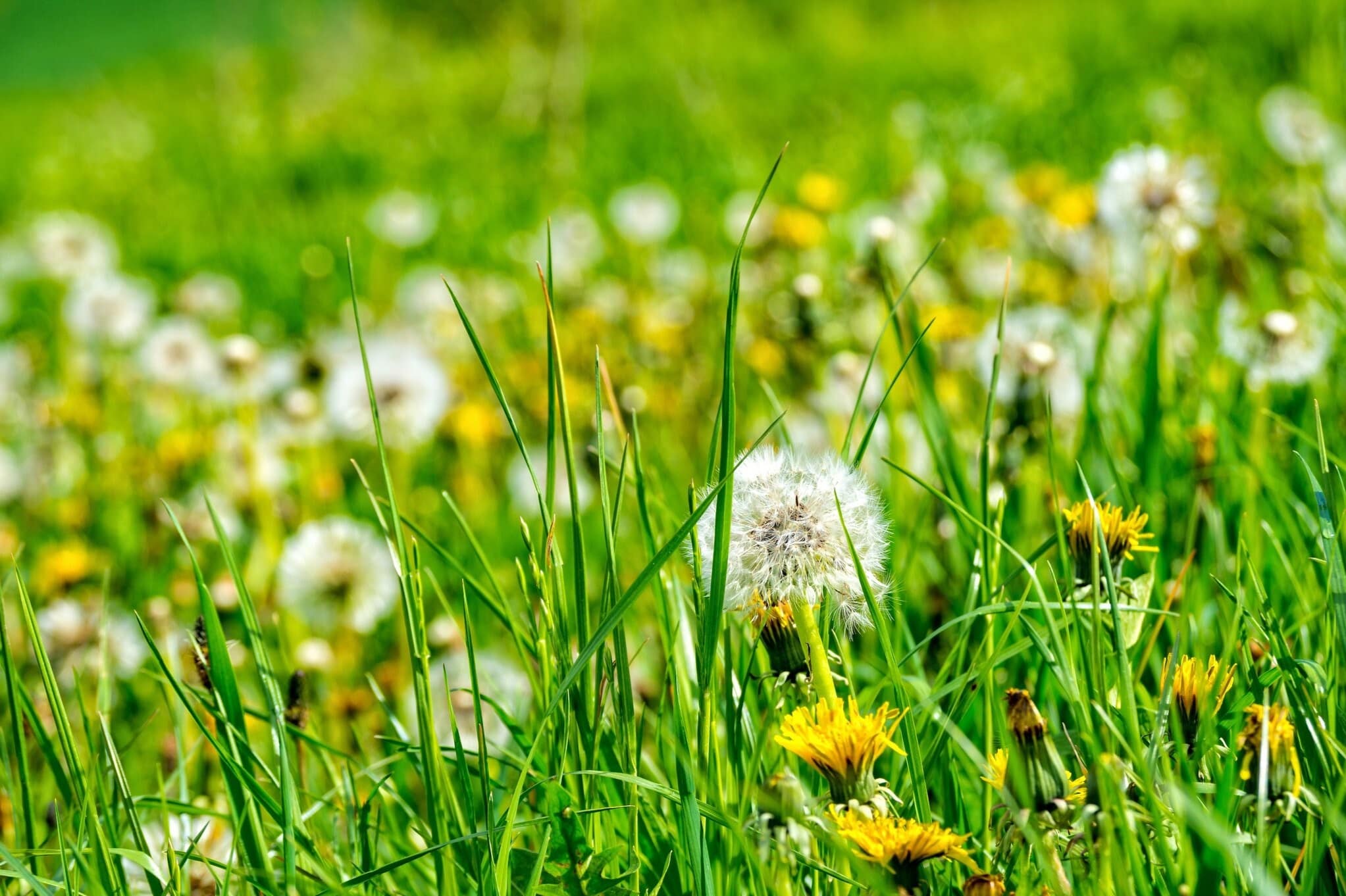
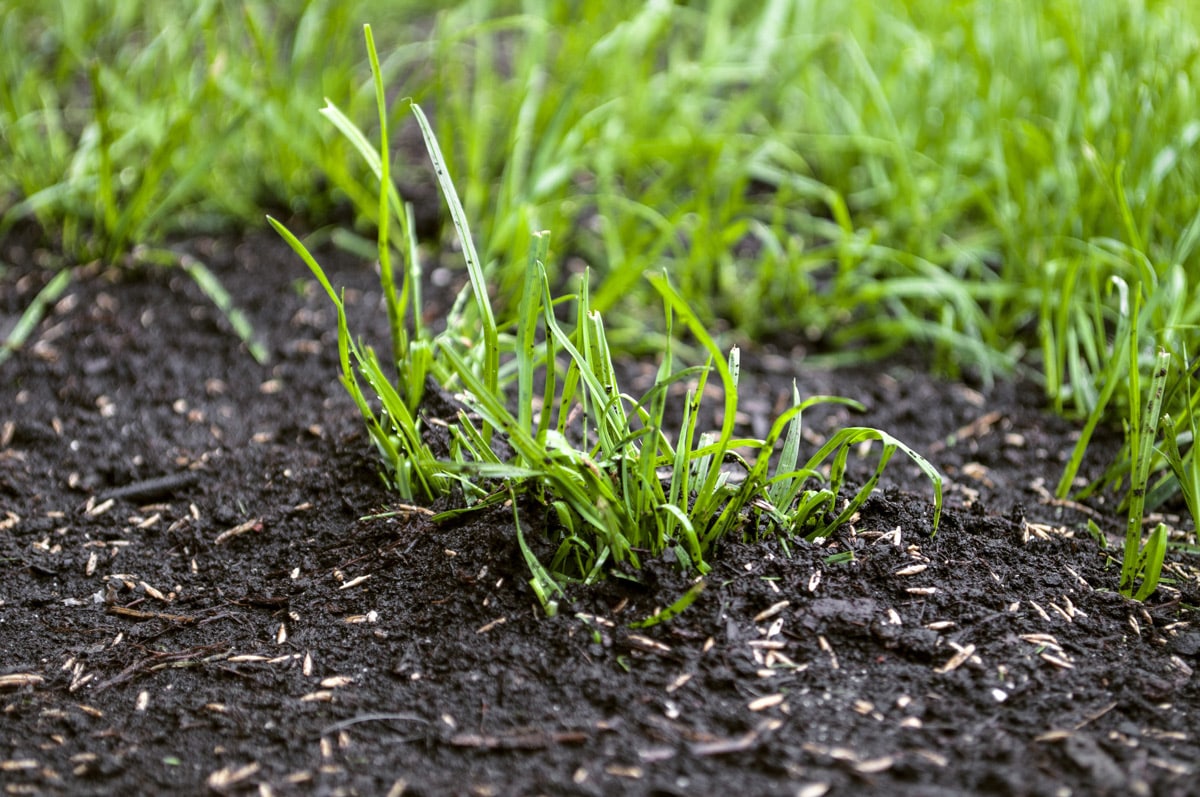
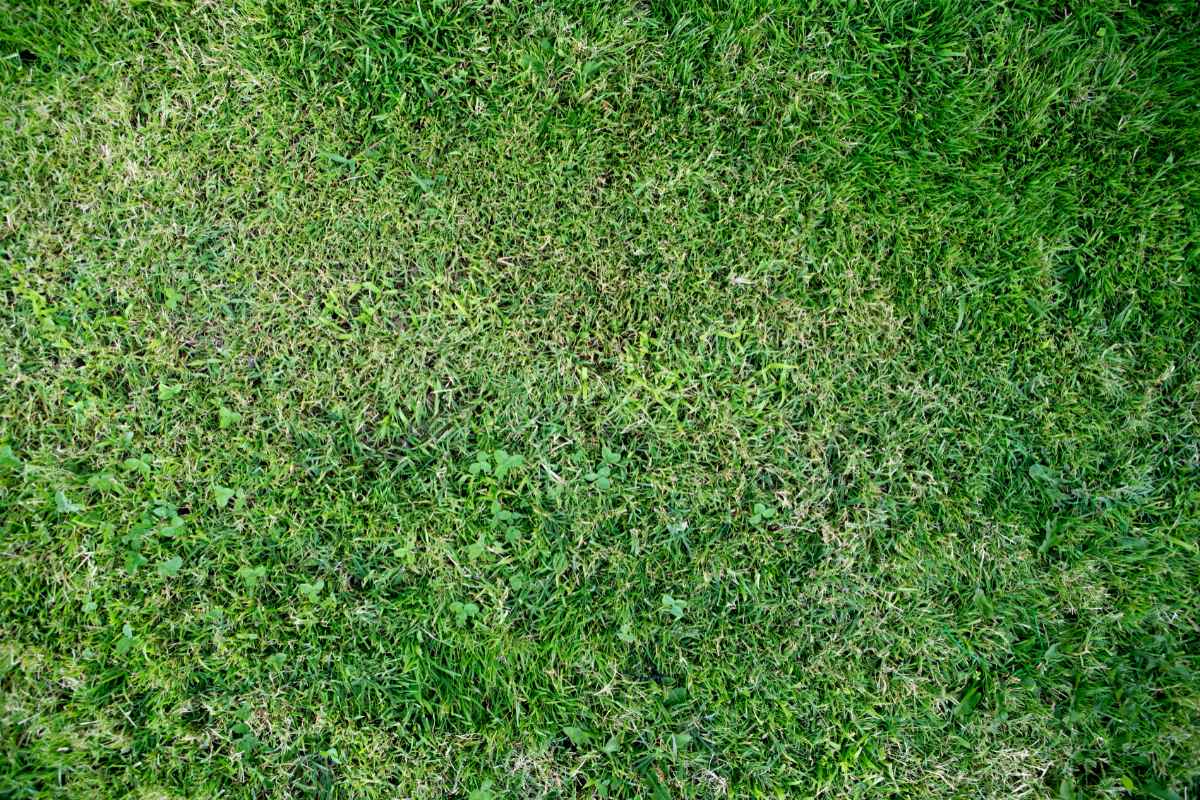



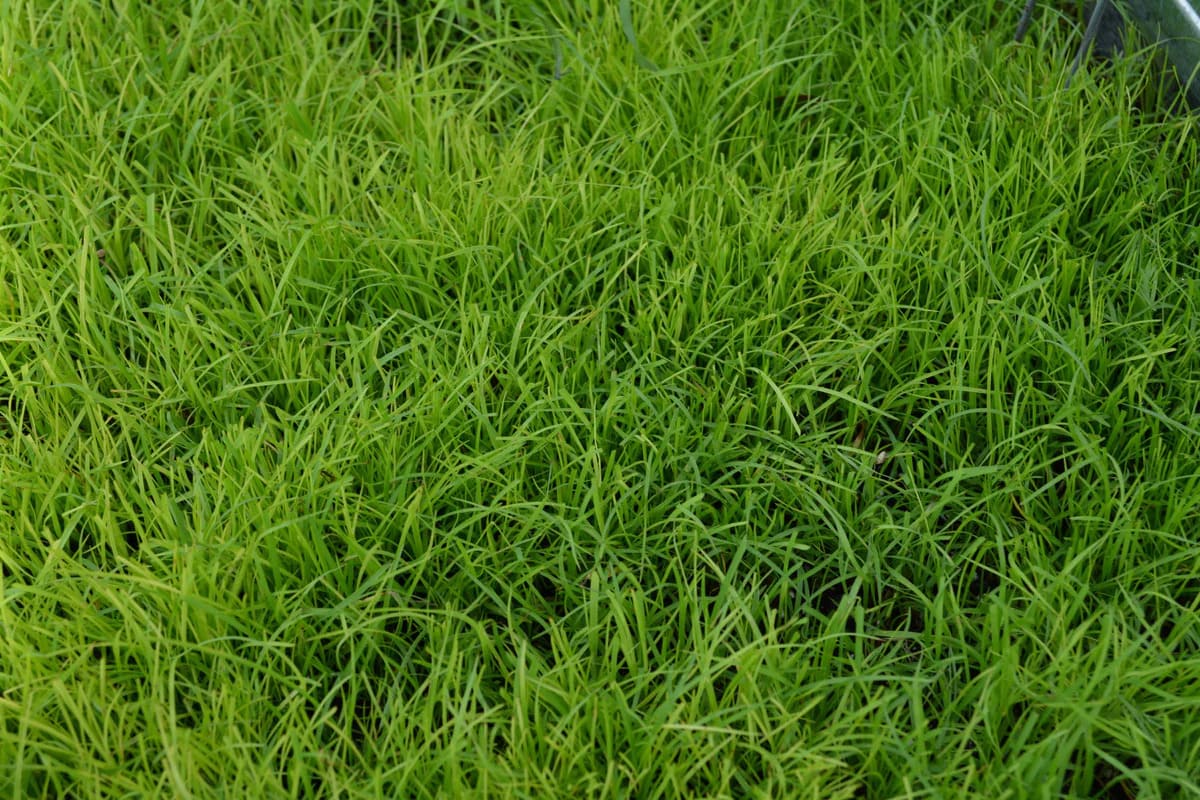
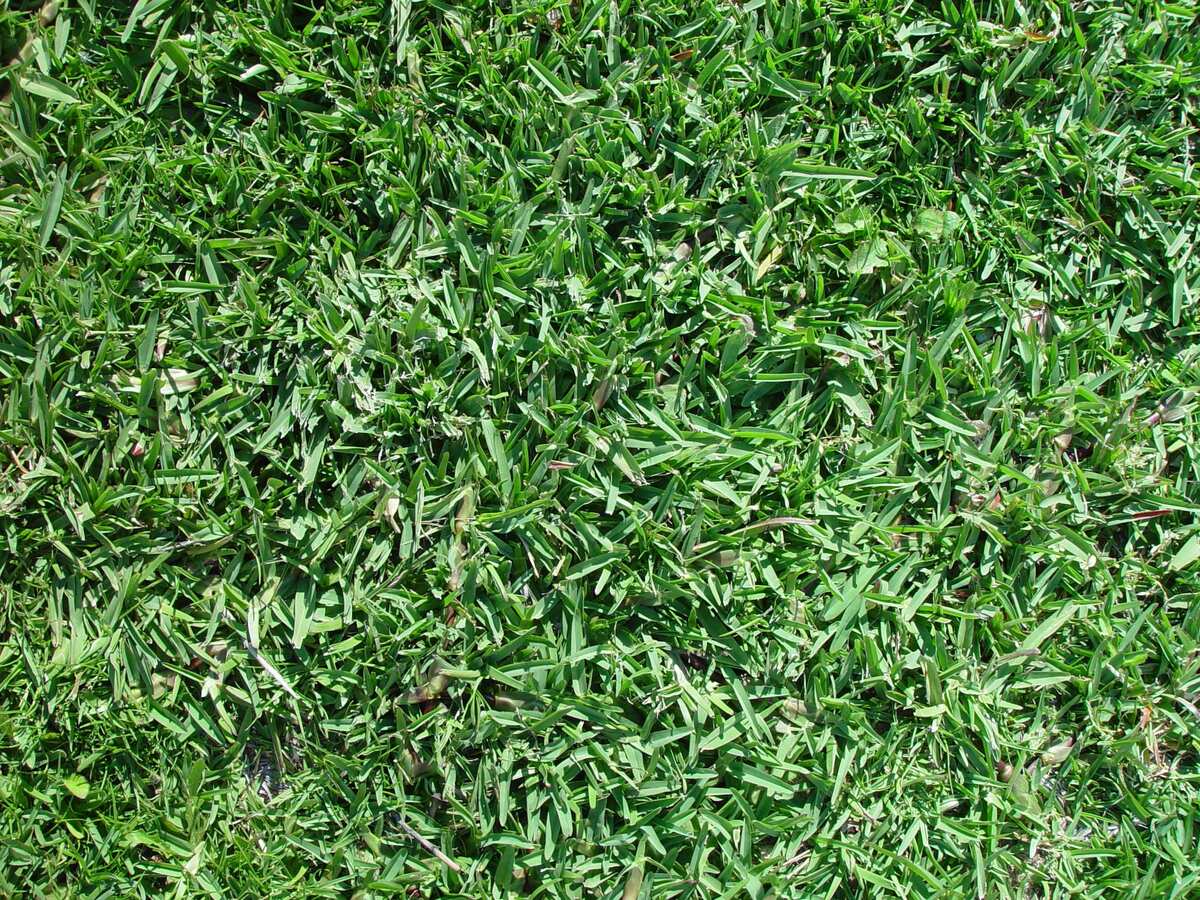

0 thoughts on “When Does Dew Form On Grass”